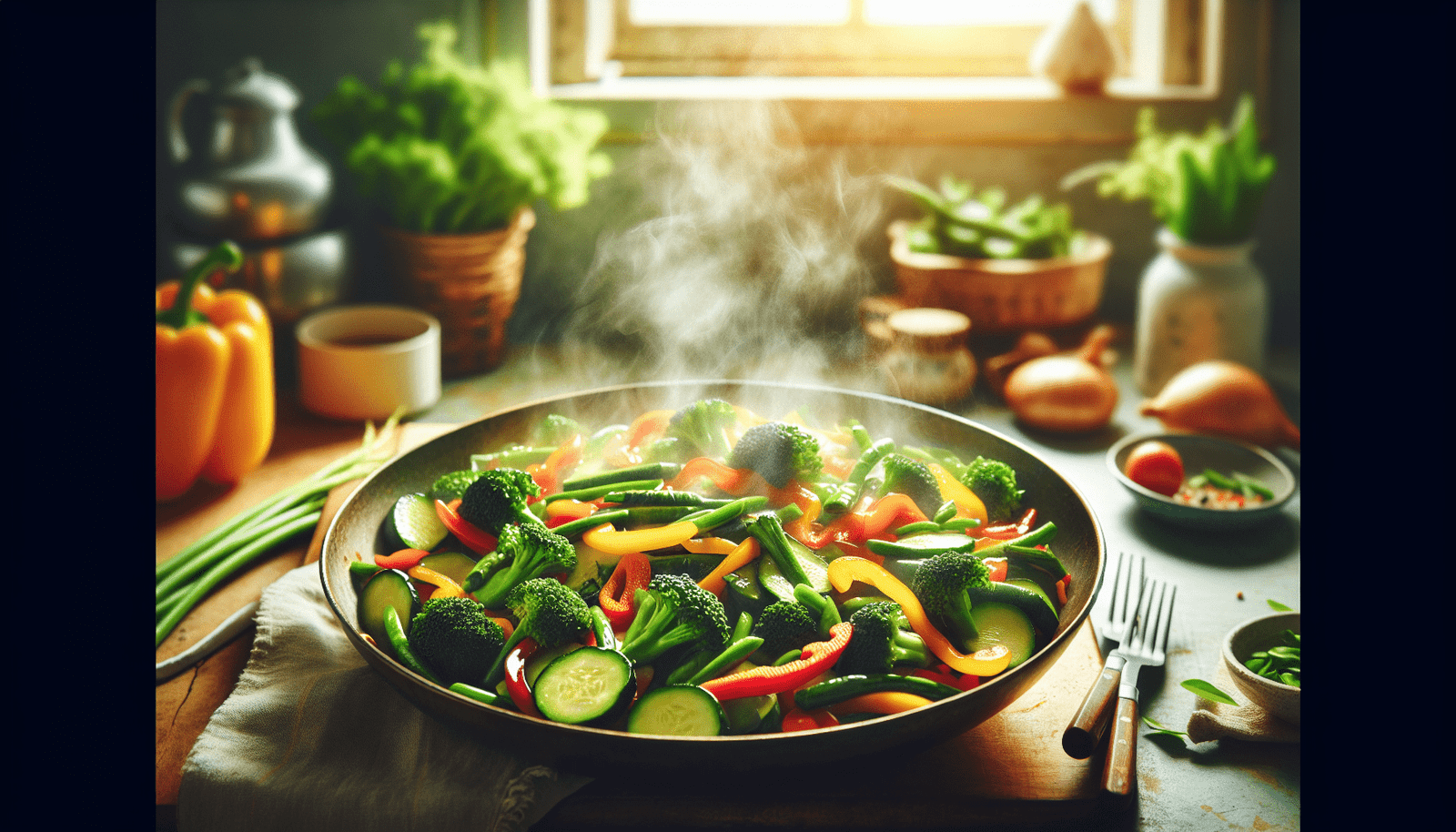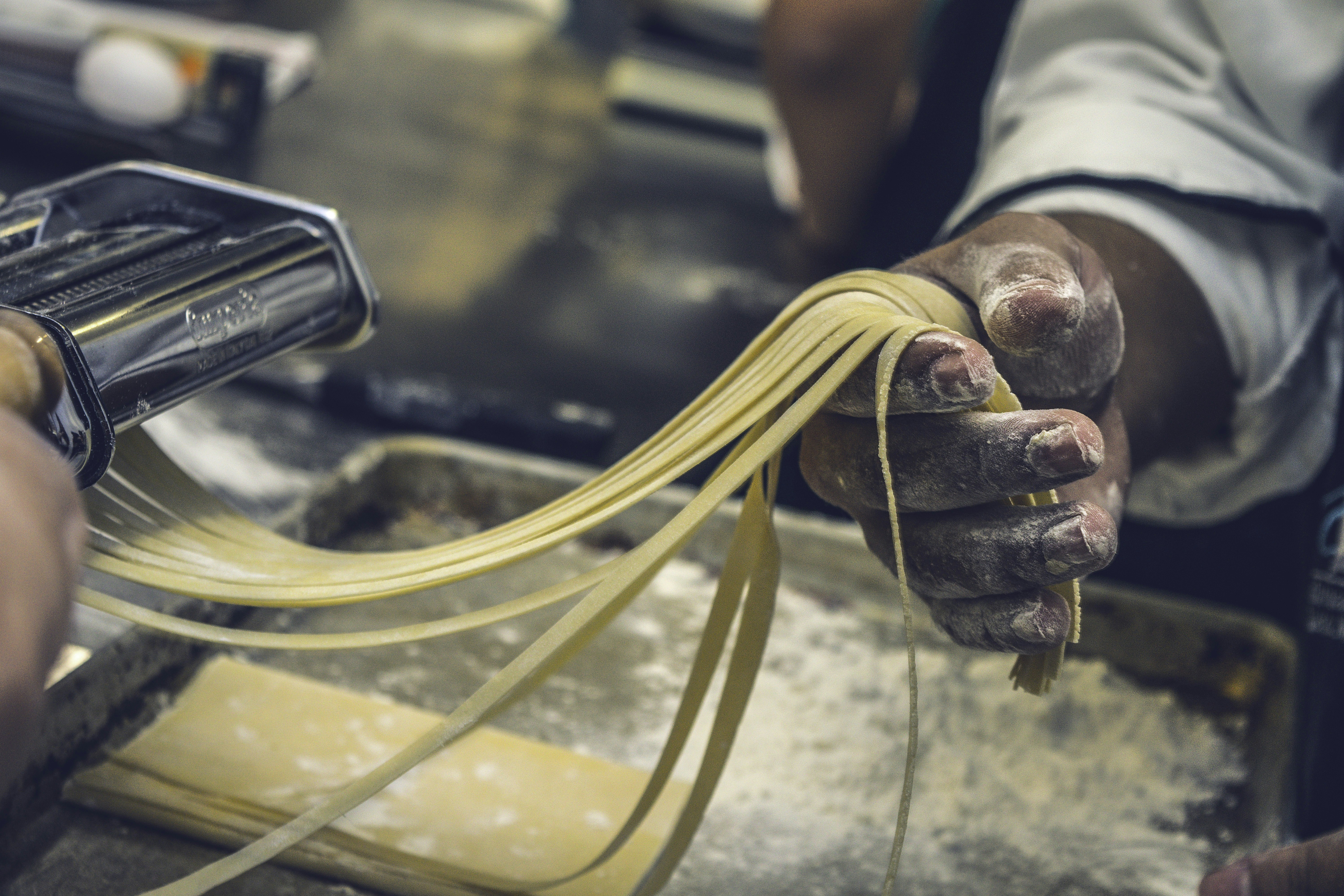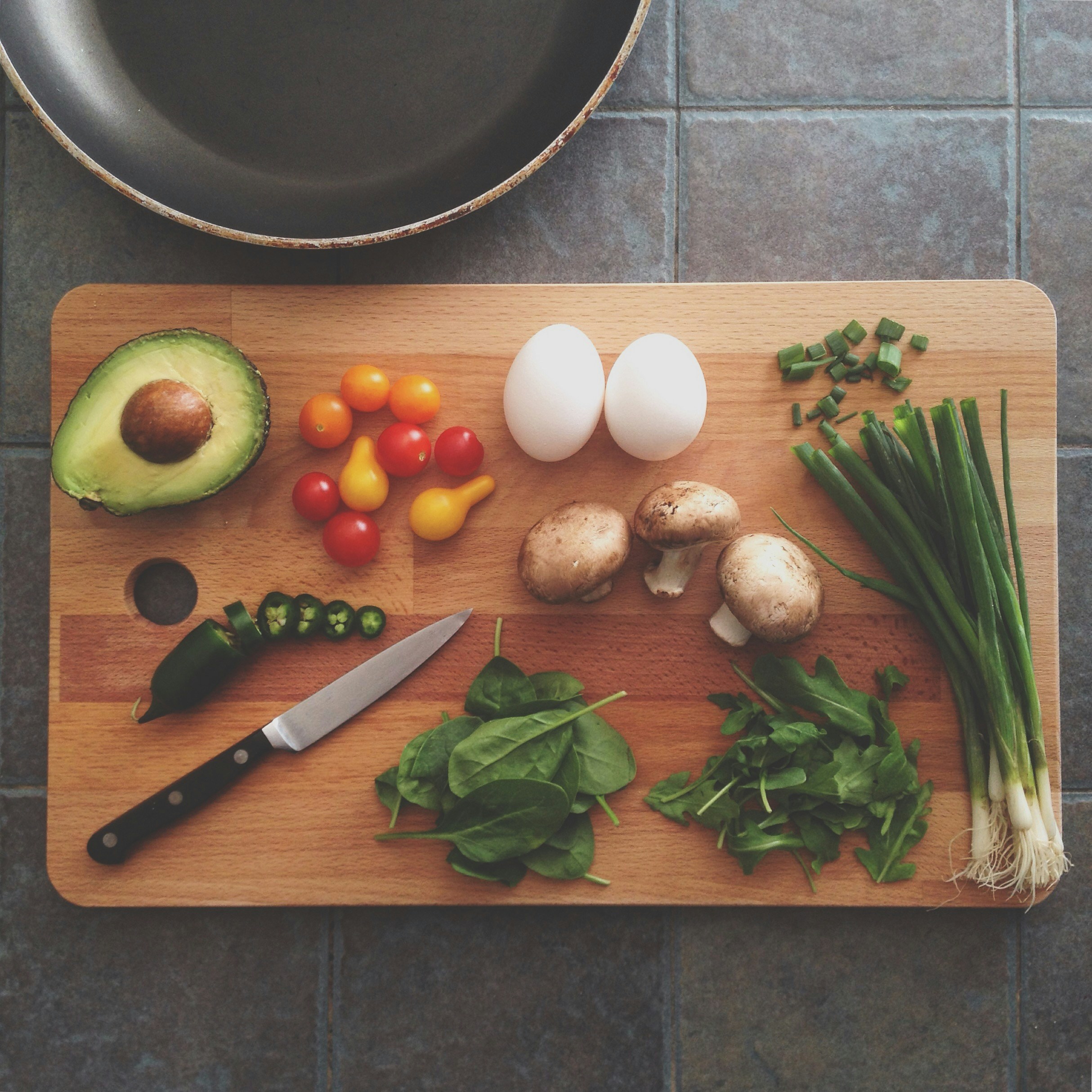Have you ever found yourself wondering just how you can enjoy a delicious stir-fry without worrying too much about oxalates? Maybe you’ve heard about low-oxalate diets before and aren’t sure how they work or why they might be beneficial for you. Either way, stir-frying is such a quick and delightful cooking method that it seems a shame to lose when trying to maintain a low-oxalate lifestyle.
Understanding Oxalates
Before diving into these flavorful recipes, understanding what oxalates are might clear up some of the mystery and concern surrounding them. Oxalates are naturally occurring compounds found in many plant foods. They are also present in your body. When consumed in small amounts, oxalates can be harmlessly processed by most people without issue. However, for some, particularly those prone to kidney stones, limiting oxalate intake can be beneficial.
People might be advised to follow a low-oxalate diet if they’re prone to forming calcium-oxalate kidney stones, which comprise the majority of kidney stones. So, if these stones are a pain you are familiar with, reducing the oxalates in your meal plan might be worth considering.
Tools You Need to Get Started
Stir-frying is a fast-paced cooking method, and it is essential to have everything you need ready at your fingertips. Here’s a quick guide to the tools you’ll need to become a low-oxalate stir-fry connoisseur:
- Wok or Large Frying Pan: A classic for a reason. Its wide surface area allows for even and quick cooking.
- Spatula or Wooden Spoon: Useful for turning and tossing ingredients. Choose one that feels comfortable in your hand.
- Sharp Knife and Cutting Board: Essential for preparing your vegetables and proteins.
- Measuring Cups and Spoons: Precise measurements help ensure delicious results.
- Bowls for Mise en Place: Pre-chop and measure all your ingredients before you begin. This keeps the cooking process smooth and organized.
Key Ingredients in Low-Oxalate Stir-Fry
Given the necessity of reducing oxalates, selecting the right ingredients becomes pivotal in meal preparation. Opt for components that maintain the balance of flavor and nutritional value while keeping oxalate levels low.
Low-Oxalate Vegetables
Here’s a list of low-oxalate vegetables perfect for a stir-fry:
- Bell Peppers
- Mushrooms
- Carrots
- Cabbage
- Zucchini
- Cauliflower
- Bean Sprouts
These vegetables are not only friendly in terms of oxalate content but are also bursting with flavor. Feel free to mix and match them based on preference and availability.
Protein Choices
Lean meats and seafood are excellent in stir-fries, providing protein while maintaining a low-oxalate profile. Consider these options:
- Chicken (breast or thighs)
- Beef (lean cuts like sirloin)
- Tofu (choose calcium-set to minimize oxalate absorption)
- Shrimp or fish (quick-cooking and delicious)
Aromatic Ingredients
Aromatics infuse the dish with flavor, enhancing the overall experience. Stick to lower-oxalate options for maximum benefit:
- Garlic
- Onion
- Ginger
Sauces and Condiments
Finding sauces that suit both low-oxalate needs and culinary tastes is crucial. Some low-oxalate options include:
- Soy sauce (use in moderation)
- Rice vinegar
- Low-sodium chicken or vegetable broth
- Coconut aminos (a good soy sauce alternative)
Cooking Oils
The choice of oil will influence the flavor and health benefits of your dish. Consider using:
- Olive oil
- Coconut oil
- Canola oil
Each of these oils has its unique properties, but they all have low oxalate content, making them suitable for cooking.
Easy Low-Oxalate Stir-Fry Recipes
Now that you’re acquainted with low-oxalate ingredients and tools, let’s get into some easy recipes. These meals are simple, quick, and packed with flavor—ideal for more than just weeknights!
Chicken and Bell Pepper Stir-Fry
This bright and colorful dish cooks quickly and highlights the sweetness of the bell peppers perfectly.
Ingredients:
- 2 chicken breasts, thinly sliced
- 2 tablespoons olive oil
- 3 bell peppers (any color), sliced
- 1 small onion, thinly sliced
- 2 cloves garlic, minced
- 1 tablespoon soy sauce
- 1 tablespoon rice vinegar
- Salt and pepper to taste
Instructions:
- Heat the oil in your wok over medium-high heat. Add the chicken slices and cook until browned and fully cooked. Remove and set aside.
- In the same pan, add a bit more oil if needed and stir-fry the onions and garlic until fragrant.
- Add the bell peppers and continue stirring until tender-crisp.
- Return the chicken to the wok, mix in the soy sauce, rice vinegar, salt, and pepper, and stir-fry for another 2 minutes.
Beef and Mushroom Stir-Fry
Deep, earthy mushrooms combine with beef in a savory combination guaranteed to satisfy.
Ingredients:
- 1 pound lean beef, sliced into thin strips
- 2 tablespoons canola oil
- 1 pound mushrooms, sliced
- 1 small onion, chopped
- 2 cloves garlic, minced
- 1 tablespoon coconut aminos
- 2 tablespoons low-sodium chicken broth
- Salt and pepper to taste
Instructions:
- Heat oil in the wok over high heat. Add beef strips, season with salt and pepper, and cook until browned. Remove from the wok.
- In the same wok, add more oil if needed, and add the mushrooms, onions, and garlic. Cook until the onions are soft and the mushrooms browned.
- Return beef to the wok, add coconut aminos and chicken broth, and stir-fry for 2-3 minutes, ensuring everything is evenly coated.
Shrimp and Vegetable Stir-Fry
A vibrant and fresh option, this dish is rich in flavors from both the sea and garden.
Ingredients:
- 1 pound large shrimp, peeled and deveined
- 2 tablespoons olive oil
- 1 zucchini, sliced
- 1 cup carrot sticks
- 1 cup cabbage, shredded
- 1 clove garlic, minced
- 1 tablespoon rice vinegar
- 1 tablespoon soy sauce
- Salt and pepper to taste
Instructions:
- Heat oil in the wok over medium-high heat. Add shrimp, seasoning with salt and pepper, and cook until they turn pink. Remove and set aside.
- In the same wok, add zucchini, carrots, and cabbage, and stir-fry until the vegetables are tender.
- Add garlic, the cooked shrimp, rice vinegar, and soy sauce, and stir-fry for another minute, mixing everything well.
Tips for Successful Stir-Frying
To make the most out of every meal, here are some tips and tricks for stir-frying like a pro, ensuring every dish is a hit:
- Prep Everything: Before you start cooking, ensure every ingredient is chopped, measured, and ready to go. Things happen fast in stir-frying!
- High Heat Cooking: Stir-frying requires high heat. Make sure your oil is hot before adding your meat or vegetables. This not only cooks them quickly but also locks in flavor.
- Don’t Overcrowd the Pan: Adding too much at once can lead your food to steam rather than fry, affecting texture and flavor. Cook in batches if necessary.
- Stir Constantly: To avoid burning and ensure even cooking, keep everything moving while it’s in the pan.
- Taste and Adjust: Season early, but always taste before serving. Adjust spices and seasonings to your own taste balance.
Why a Low-Oxalate Diet?
While the scientific community continues to explore the effects of dietary oxalates, some individuals positively respond to a reduced intake, especially those with a history of kidney stones. Lowering oxalate consumption reduces the chances of stone formation in susceptible persons.
Besides, a balanced low-oxalate diet can encourage exploration of new foods and enhance nutrition diversity. Focusing on the array of delicious low-oxalate ingredients might even introduce you to a combination you never would’ve discovered otherwise.

Listening to Your Body
Even within dietary structures, it’s necessary to listen to your body’s response. If you find yourself feeling unwell or if you have any concerns, it may be worthwhile to consult with a healthcare professional. They can offer advice tailored specifically to your health needs.
A low-oxalate diet isn’t for everyone, but for some, it might be a beautiful way to manage health while still enjoying flavorful and satisfying meals.
Stir-frying vegetables and proteins in unique combinations revitalizes mealtime, adds new dimensions to dietary patterns, and can make sticking to a low-oxalate regimen both approachable and pleasurable. Savor each moment in the kitchen and enjoy the good health that comes from thoughtful, tasty eating.




